3 Pearl Barley Replacements for Hearty Meals
Pearl barley substitute options can transform your cooking when this chewy grain isn't available in your pantry.
It’s a common dilemma for home cooks preparing soups, stews, or risotto-style dishes.
The perfect alternative should replicate both texture and mild flavor that pearl barley brings to recipes.
Several whole grains work wonderfully as replacements without compromising the intended dish's character or nutritional profile.
These alternatives range from familiar pantry staples to more specialized ancient grains found in health food stores.
Professional chefs often switch between these substitutes depending on cooking time requirements and desired final texture.
Once you understand which replacement works best for different cooking methods, your meals will maintain their hearty satisfaction factor without missing pearl barley at all.
The next sections will guide you through each substitute with practical cooking advice and flavor expectations.
Why Substitute Pearl Barley?
Sometimes you might need to use a substitute for pearl barley because of diet needs, allergies, or simply what you have on hand:
Ideal Pearl Barley Substitutes
Pearl barley missing from your pantry can be replaced with a grain that fills the same role in cooking. Timing and sequence remain on track.
Farro
Farro stands as an excellent replacement for pearl barley with its similar nutty flavor and chewy texture that works perfectly in the same recipes.
Most food experts recommend whole farro over pearl varieties since the pearling process strips away nutritional benefits found in the bran layer.
Soaking farro overnight dramatically cuts cooking time from 25-30 minutes down to just 10-15 minutes, making meal preparation much faster.
This versatile grain shines in soups, salads, protein bowls and various side dishes where barley would normally be used.
Brown Rice
Brown rice stands out as an excellent substitute for pearl barley due to its impressive nutritional profile compared to white rice, which loses valuable nutrients during processing when the bran and germ layers are removed.
The simple polishing process that removes only the hull preserves brown rice's essential vitamins, minerals, and antioxidants, making it comparable to barley and other whole grains.
Many health-conscious people appreciate that brown rice has a low glycemic index, preventing the bloated feeling often associated with carb-rich foods, despite its relatively high carbohydrate and calorie content.
The high fiber content in brown rice helps create lasting fullness, a significant advantage for anyone watching their daily calorie intake.
Millet
Pearl barley enthusiasts might be thrilled to discover millet as an exceptional substitute in their favorite recipes.
This small, corn kernel-like grain serves as a staple food across various global cuisines while maintaining its status as the most affordable whole grain available.
Millet offers a naturally sweet, nutty flavor profile that readily absorbs the essence of other ingredients, similar to barley but with a creamier texture resembling mashed potatoes rather than barley's distinctive chewiness.
For those with gluten sensitivities or anyone who finds barley's texture challenging, millet provides a perfect solution without compromising on taste or nutritional benefits.
How to Adjust Cooking Time With Barley Alternatives
Switching out pearl barley for another ingredient means you may need to tweak your cooking time to get the best results:
Pearl Barley Alternatives: Cook’s Questions Answered
1. Are there gluten-free alternatives to pearl barley?
Yes, quinoa, brown rice, and oat groats are naturally gluten-free options for those avoiding gluten.
2. Can I use a pearl barley substitute in soups and stews?
Absolutely, farro, quinoa, brown rice, and bulgur all work well in soups and stews, adding body and texture to the dish.
3. What’s the best substitute for pearl barley in risotto?
Farro, short-grain brown rice, or arborio rice create a creamy risotto-like texture as a substitute for pearl barley.
4. Are there quick-cooking alternatives to pearl barley?
Bulgur and quinoa cook faster than pearl barley and are good options for quick weeknight meals.
5. Can I use lentils instead of pearl barley?
Lentils provide a different texture and more protein, but can be used in soups, salads, and casseroles in place of barley.
6. Will a substitute work in cold salads or grain bowls?
Yes, farro, quinoa, and brown rice are all delicious served cold in salads or as the base of a grain bowl.
7. Are pearl barley alternatives suitable for vegetarian and vegan dishes?
All suggested substitutes are plant-based and work well in vegetarian and vegan recipes.
8. How should I store leftover cooked grain substitutes?
Keep cooked grains in an airtight container in the refrigerator and use within three to five days for best freshness.

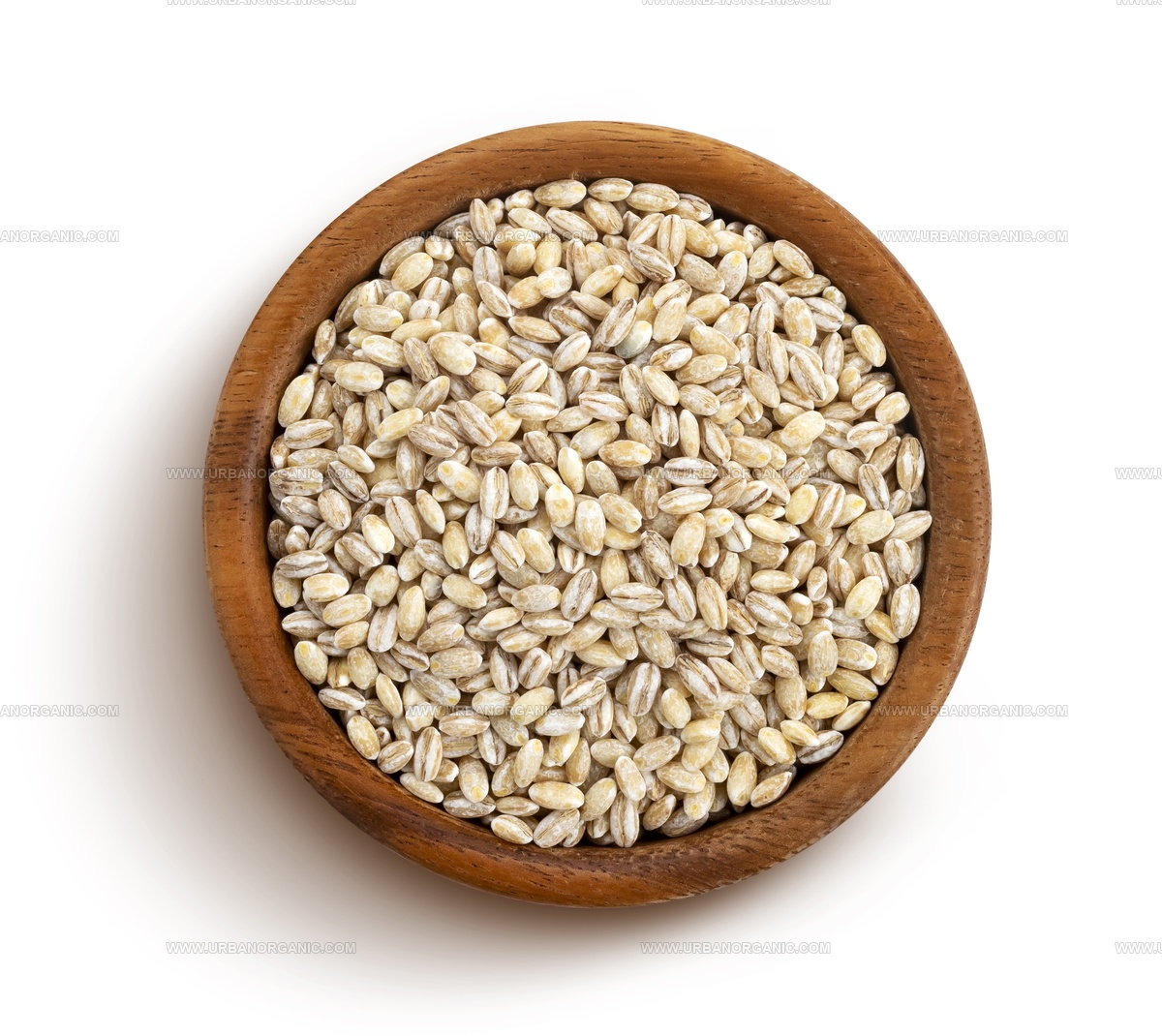
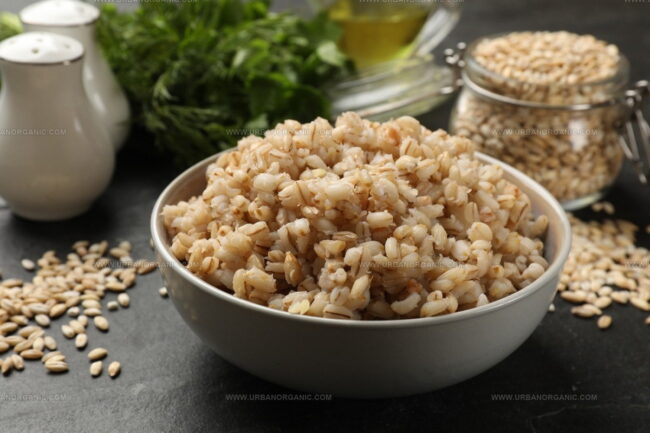
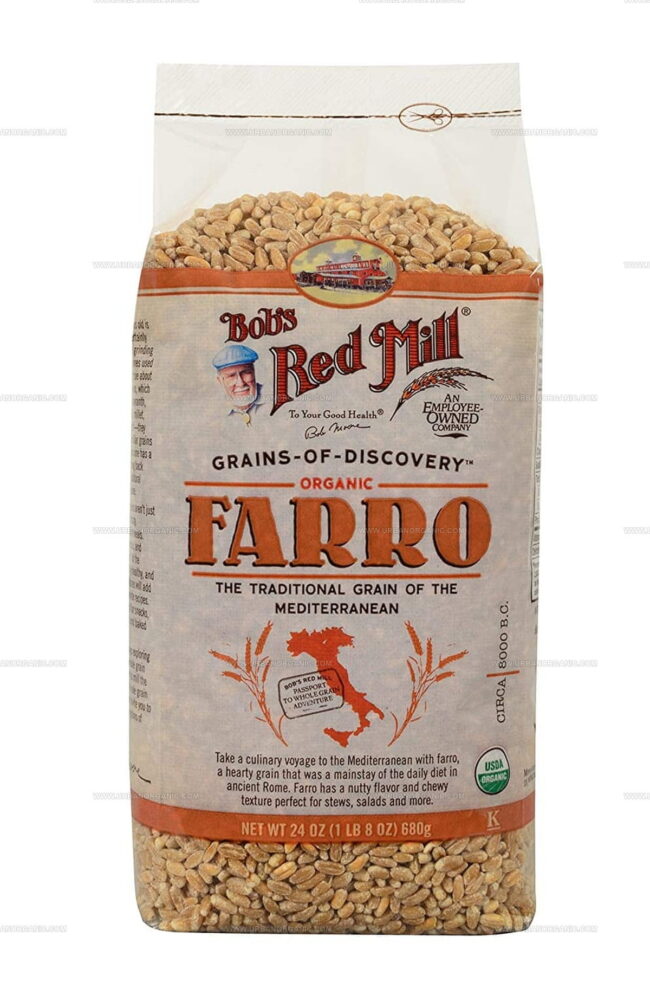
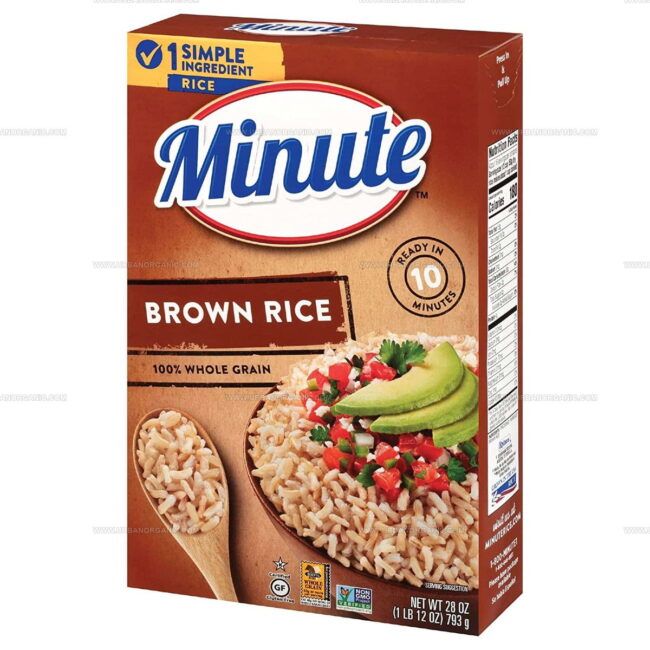
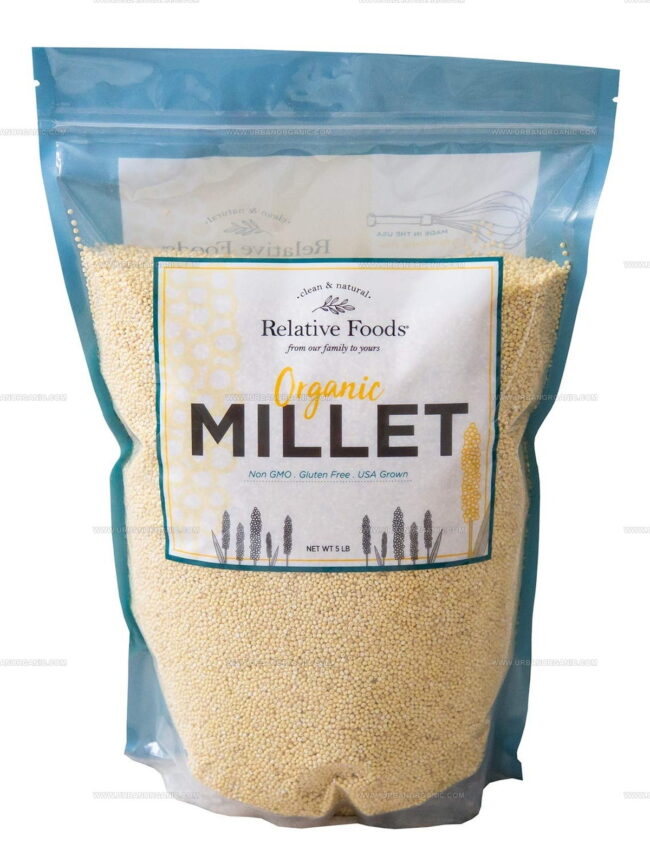
Michael Thompson
Founder & Culinary Director
Expertise
Classical & Contemporary Cooking Techniques, Global Cuisine Appreciation, Nutrition & Menu Engineering, Sustainable Cooking Practices, Farm-to-Table Cuisine
Education
Southwestern Oregon Community College
Michael grew up in Oregon, where he learned early that food tastes better when it’s fresh, local, and made with care.
After earning his degree from the Southwestern Oregon Community College, he focused his career on teaching others how to cook with the seasons, reduce food waste, and reconnect with what’s on their plate.
Michael keeps his cooking simple, sustainable, and full of flavor. His favorite part of the process? Watching people realize how easy and satisfying it can be to cook a single great meal from scratch.